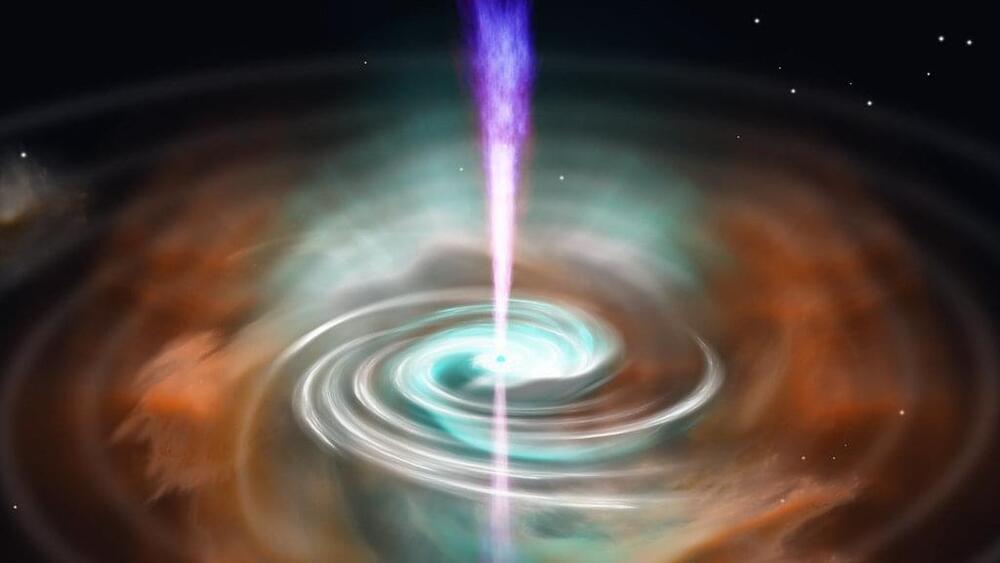Nov 23, 2022
SpaceX just launched one of its boosters for the 11th time
Posted by Genevieve Klien in categories: alien life, satellites
SpaceX sent one of its first-stage boosters skyward for the 11th time on Tuesday evening. However, unlike its 10 previous flights, this time it didn’t return.
The mission launched from Space Launch Complex 40 (SLC-40) at Cape Canaveral Space Force Station in Florida at 9:57 p.m. ET, lighting up the night sky as the Falcon 9 rocket roared toward space.
Thirty-five minutes after leaving the launchpad, the Falcon 9’s second stage deployed a communications satellite to a geosynchronous transfer orbit for French satellite operator Eutelsat.


















